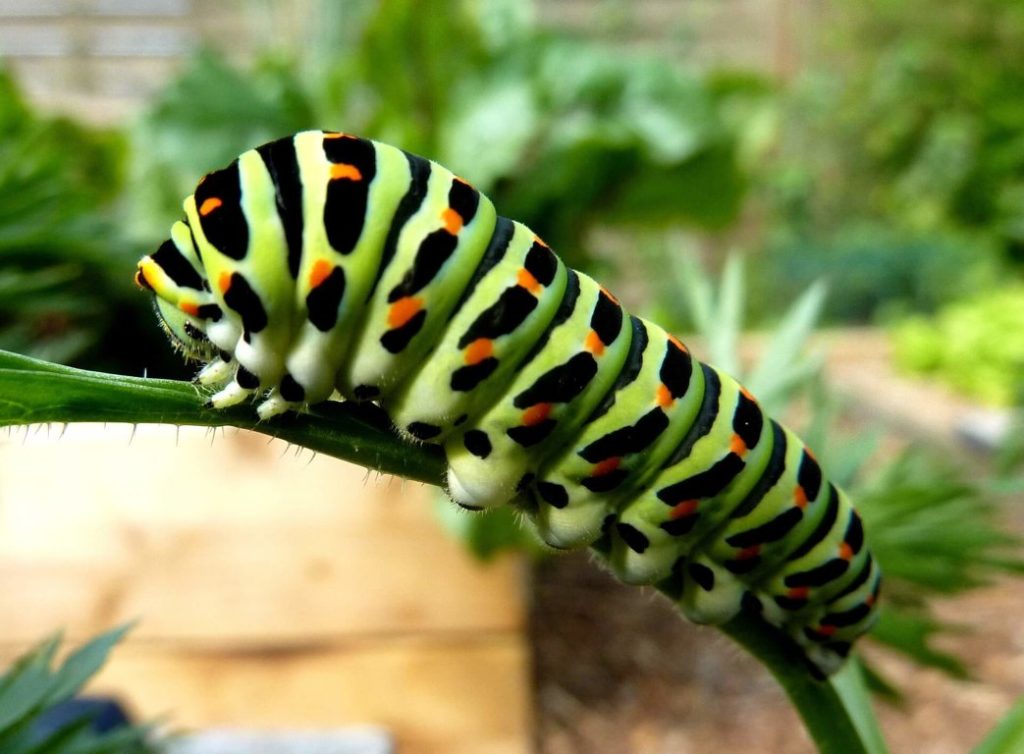Context:
Recently, a study revealed that caterpillars use electric fields to sense threats.
More on the news

- Caterpillars have a sixth sense which helps them sense electric fields around them with small bristles (tiny hair) called setae on their body — a feat called electroreception.
British researchers have published their findings in the Proceedings of the National Academy of Sciences.
- They studied four species of caterpillars: Cinnabar moth, scarce vapourer moth, European peacock butterfly, and common wasp (member of a group of insects).
Researchers have long known that aquatic and amphibians (which can live on both land and water) use electroreception to detect both predators and prey
- In 2013, researchers discovered electroreception in a variety of arthropods, including spiders, hoverflies, and bumblebees.
- The setae are sensitive to voltage frequencies present in overhead power cables, around 50-60 Hz This ‘exposure’ could desensitise the setae and diminish the caterpillars’ ability to spot predators with them.
- The study also suggests caterpillars’ setae are most responsive to a range of frequencies (50-350 Hz). This might help them differentiate between threat and non-threats
Electroreception
- It is the ability to detect weak naturally occurring electrostatic fields in the environment. It is found in a number of vertebrate species.
- Electroreceptor organs were first identified physiologically in the early 1960s from weakly electric fish by American neuroscientist Theodore H. Bullock and colleagues and by French scientists Thomas Szabo and Alfred Fessard.
- It is also used by some species as a means of social communication.
How does a caterpillar sense?
- As an insect’s wings flap through the air, static charges build up on them. When it nears the caterpillar, the setae (small bristles) sense these charges by building up charges of its own. This mutual interaction gives rise to an oscillating electric field.
- Scientists also “already know” that caterpillars don’t rely on electroreception alone to sense predators and had a lot of evolutionary pressure upon them to evolve defences because so many animals like to eat them.

